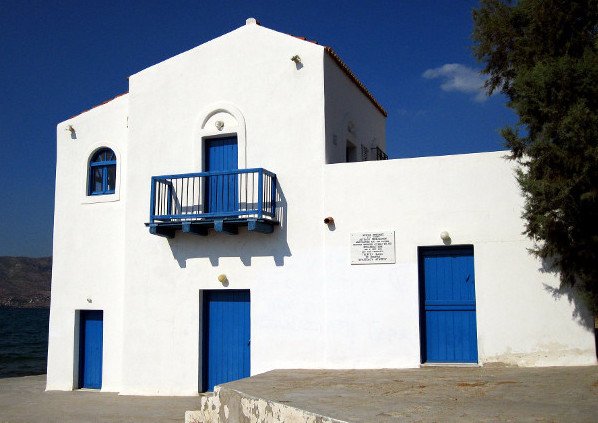
Salamina is the largest island of the Saronic Gulf and the closest to the coasts of Attica. It has a total area of 93.5 km 2, a coastline of about 100 km.
Homeland of Homer's hero Aias, is mainly known for the greatest naval battle of all ages, which took place in 480 BC, led to greek victory and saved
European civilization from the Persian threat.

They are both, famous sights of the island. The two Windmills on the "Hill of the Mills", are buildings of the 18th century and the Monastery of Faneromeni, was founded in the 17th century by Saint Lavrentios, who found the image of the "Virgin Mary".

The churches of Saint Minas and St. Demetrius, which are decorated by the great Salamis painter Polychronis Lembesis and the sculptor Giannoulis Halepas. The tomb of the hero George Karaiskakis, where his bones are preserved in the church of Ag. Dimitriou. The Monastery of Agios Nikolaos Lemonia (17th century) and the chapel of Agios Ioannis Kalivitis (10th century). The cave of Euripides at the site of Peristeria, which was excavated by the archaeologist Professor Yiannos Lolos. The Church of Virgin Mary "Eleftherothria" at the "Patris Hill", built there, where the German emplacement existed to remind us of their departure.

The restored house of the great Greek poet Angelos Sikelianos, at Faneromeni beach. He lived there for years and created his most important work.